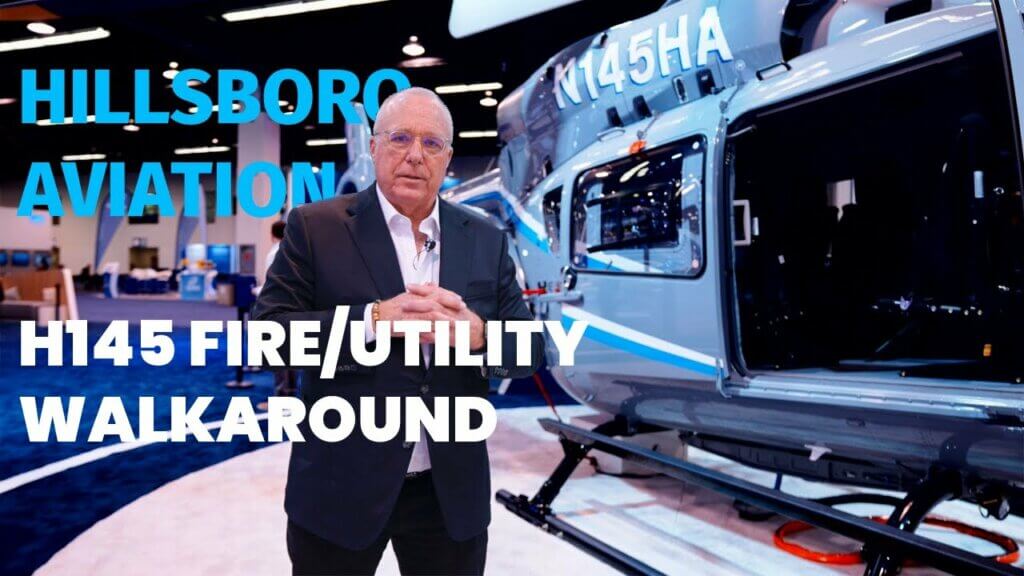In prepared testimony for the House Energy and Commerce Subcommittee on Commerce, Manufacturing and Trade, AUVSI President and CEO Brian Wynne on Nov. 19 emphasized the impact that unmanned aircraft systems can have on the American economy. Wynne also urged the Federal Aviation Administration to finalize its long-overdue small UAS rule as quickly as possible to help increase the safety of the skies and allow the burgeoning commercial market to thrive.
“UAS will have a significant impact on our economy, as the industry is poised to be one of the fastest-growing in American history. Our economic impact study found that during the first decade following UAS integration into the National Airspace System, the industry will create more than 100,000 high-paying jobs and provide more than $82 billion in positive impact to the nation’s economy. Under the right regulatory environment, there’s no question these numbers could go even higher,” Wynne said in the prepared remarks.
Wynne also urged the federal government to finalize its small UAS rule and integrate UAS into the national airspace.
“We were disappointed that the FAA missed the September 30, 2015, congressionally mandated deadline for UAS integration, and the agency still has yet to finalize a small UAS rule for commercial operations. Meanwhile, American businesses and innovators are left sitting on the sidelines or operating under a restrictive exemption process,” Wynne said.
In May 2014, the FAA announced it would consider granting exemptions for certain low-risk commercial UAS applications under Section 333 of the FAA Modernization and Reform Act of 2012. Currently, the FAA has more than 2,400 pending requests and has granted more than 2,200 exemptions to businesses looking to use UAS for a variety of applications.
“While some businesses have successfully navigated the complex Section 333 process, the current system of case-by-case approvals isn’t a long-term solution for the many commercial operators wanting to fly,” Wynne said. “Meanwhile, some of the requirements under the Section 333 process are more onerous than those contemplated in the draft small UAS rule. For example, the Section 333 exemptions typically require UAS operators to hold at least a sport pilot certificate. The draft small UAS rule, however, would require commercial operators to pass an aeronautical knowledge test every two years – which is similar to a flight exam.”
Additionally, Wynne emphasized, “We need to make sure we are doing all we can to support the UAS industry’s growth and development; otherwise we risk stunting a still-nascent industry and restricting the many beneficial uses of this technology. The longer we take, the more our nation risks losing its innovation edge, along with billions in economic impact.”








